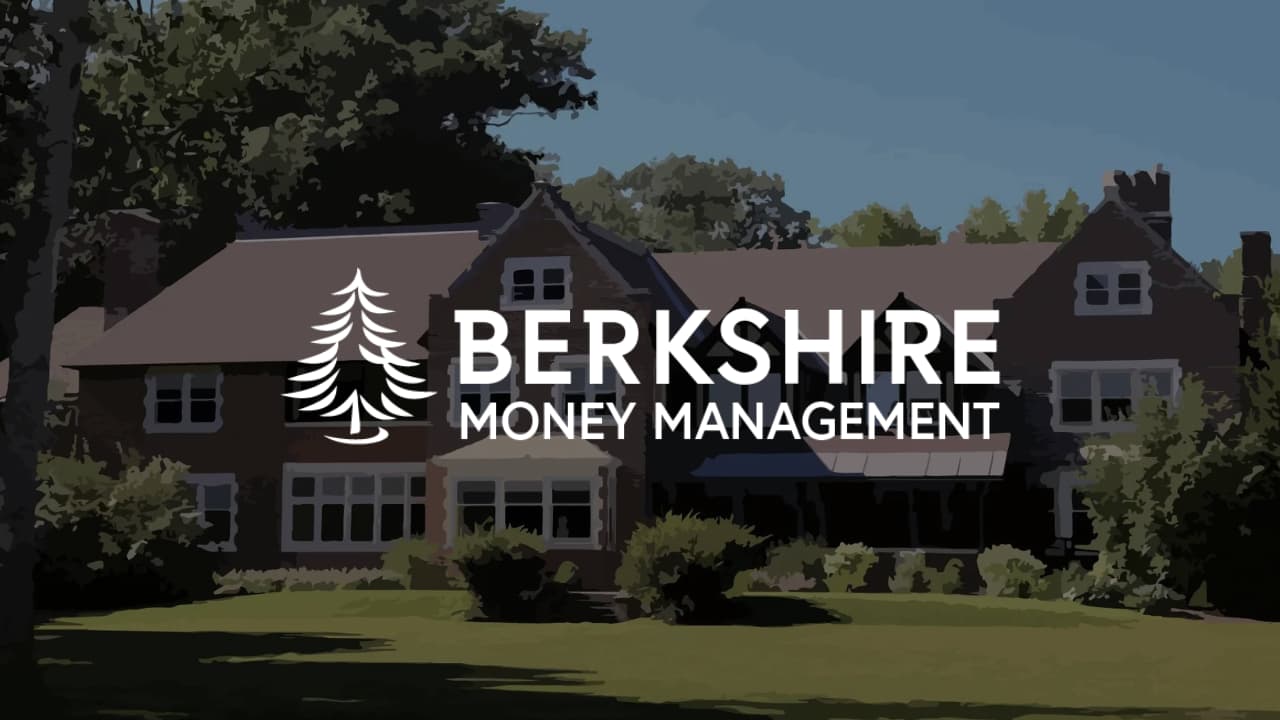CAPITAL IDEAS: Passive investing


According to AAII’s calculations, the Russell 1000 Growth Index posted an average annual gain of 17 percent for the entire decade of the 2010s. That compares to a 10 percent return for the Russell 1000 Value Index.
Holding a balanced portfolio throughout that decade would have been prudent. A balanced portfolio would have been more diversified and, theoretically, safer. However, that prudent, safer portfolio would have underperformed its more reckless counterpart. It is a worthwhile exploration to elucidate why this occurred.
At least two of the reasons that drove the outperformance of growth relative to value are still applicable today. Those two reasons persisted throughout the prior decade, but their impact may fade in the years to come. In more recent years, a third reason evolved. That third reason makes me hesitant to give up the growth-oriented tilt I have in my portfolios.
The first reason for the long-term outperformance of growth stocks is that financial stocks had underperformed in the prior decade. Financial companies traditionally are categorized as value stocks, and that sector has been a drag. Financial companies – banks in particular – tend to be more profitable in higher interest rate environments. Unfortunately, for companies in the financial sector, interest rates had been near-zero during the 2010s. Recently, the longer end of the yield curve has risen in reaction to a more robust economy. Over the next couple of years, those higher rates could inspire investors to bid up financial stocks, thus boosting the stock market’s value component.
The second reason for the long-term outperformance of growth stocks is because technology stocks had quite a rally. Tech stocks traditionally find their way to the growth side of the ledger of stock indices. Throughout the last decade, tech companies have augmented and disrupted other industries to the point where many have become nearly indispensable. At some point, the additional productivity squeezed from these companies will hit a point of diminishing returns, and the earnings growth rate will slow. That would nudge investors to move money from the tech sector to value stocks.
Regarding the outperformance of growth stocks relative to value stocks, the importance of those two reasons may fade. However, I have a theory about a third consideration that may supersede those two’s relevance and other fundamental reasons.
When it comes to the stock market, historically, there is a reversion to the mean. After a decade of outperformance of growth stocks, it stands to reason that I should shift money from overweighted growth allocation into value stocks. That would be tactical. That would be prudent (historically speaking). However, ironically, the popularity of passive (or “index”) investing is a factor persuading me not to be tactical and to maintain that overweighted position instead.
That third reason that may preserve the overperformance of growth versus value has been the unintended consequences of passive investing.
I am a fan of passive investing. Most of the investments I own are exchange-traded funds (ETFs), which replicate passive market indices. Studies have shown that passive investing outperforms individual stock selection and attempts to time the market. As a result, passive investing has become popular.
The amount of shares a company has outstanding to trade is called the “float.” Think of the float as available inventory. Once upon a time, the float was primarily traded back and forth by active investors. Active investors decide whether a stock is overvalued and should be sold or if a stock is undervalued and should be bought.
Passive investing draws in more purchases than redemptions, as opposed to getting traded back and forth. John C. Bogle, of the Vanguard Group, is credited with popularizing passive investing. In 1974, Vanguard created an index fund tracking the S&P 500 index. According to Morningstar, in August 2019, the amount of assets in index-tracking U.S. equity funds hit $4.271 trillion. Compared to $4.246 trillion held by active managers at the time, that marked the first time passive funds held more assets than active funds. As the amount of passive investing has increased throughout the years, the relative amount of actively traded float has decreased. The influence of investors making decisions based on price and fundamentals has shrunk relative to passive acquisition.
Every week, workers direct contributions to their company-sponsored retirement plans, such as 401(k)s and 403(b)s. Those retirement plans are often heavily invested in passive index funds. It’s hard to fight the impact of passive investing because cash deposited into index funds are mandated to buy stocks in that index. That includes purchasing overpriced stocks at whatever price they are trading. Conversely, a passive investing methodology will not sell stocks no matter how overpriced they are.
In microeconomics, there is a term called “inelasticity.” Inelasticity and elasticity refer to how much the demand for a good is affected by the price. To over-simplify it, the cost of an inelastic good has little impact on the product’s demand. Gasoline is an example of inelastic good. You’ll fill up your car whether the cost is $2 or $4 per gallon because you need to get to work. Cigarettes are inelastic goods because they’re addictive. Salt and chocolate are inelastic goods because there are no close substitutes.
Because passive inflows into funds must buy the stocks that make up the associated index, those stocks exhibit inelastic behavior. In other words, overvaluation may be a giant risk, but it’s one of those things that doesn’t become a problem until it does. And until it does, passive inflows will keep buying overvalued stocks. That includes the type of stocks that have overperformed for the last decade.
Passive investing has become more than popular; it has become a mature phenomenon. For years, I have advocated for passive investing, but now I fear the consequences. We may have passed a tipping point where the fundamentals for individual companies are becoming less relevant. Passive investing has become too large and too important, and markets are no longer functioning precisely as they used to.
Trades
In my previous column, I revealed a trade I had made in the prior week.
Recently I made a couple more trades, which I wanted to share with you. Like last time, the moves are small. But I want to keep you informed.
I had owned the iShares Investment Grade (IG)Bond ETF (symbol: LQD) in my conservative portfolios, but I sold it. If you own it, or something like it, there’s no imminent danger in holding IG bonds. In fact, one of the reasons I liked having LQD in my conservative portfolios is just because of that – things are rarely imminent in the IG world. Conservative portfolios are typically engineered to be safer by being better diversified and by holding investments with a (hopefully) higher probability of success. Also, conservative portfolios often contain some less volatile positions than that of the roller coaster-like moves of the stock market. LQD was one of those less volatile positions.
The good news is that the U.S. economy will likely have a stellar year of gross domestic product (GDP) growth. The consequence of this is that we are beginning to see some interest rates rise. As interest rates rise, it becomes more challenging for bonds to maintain their value. I am attracted to the 2.37% yield of LQD (at least I am in a world where short-term rates are near zero). But, if inflation creeps up to 2.00%, the real (or “inflation-adjusted”) yield becomes less attractive. As I said, nothing imminent is concerning to me regarding IG bonds. But it was time for a change.
With the proceeds from the sale of LQD, I added to some positions I already own. I bought more Treasury Inflation-Protected Securities through iShares TIPS Bond ETF (symbol: ETF). And I purchased short-term junk bonds through the Standard & Poor’s Short Term High Yield Bond ETF (symbol: SJNK). TIPS and junk bonds are investments I’ve talked about before.
Most of the proceeds were placed into a new position, the Innovator Fund S&P 500 Power Buffer ETF (symbol: PFEB). Again, I did this in my conservative portfolios. PFEB was created to protect the first 15 percent of any drop by the S&P 500, starting from its February 1, 2020 anniversary date. In exchange for that protection, the upside is capped at a maximum return of 11.73 percent over the 12 months to February 1, 2021.
Trades are rarely intended to be an apples-to-apples exchange. And this one certainly wasn’t. I moved from bonds to “synthetic” equity. They’re much different investments. Nonetheless, in my book, if I have the chance to pick up an 11.73 percent return and still have access to that much downside protection, it fits the definition of a safe investment.
Also, again in my conservative portfolios, I closed out my trade in the Innovator Fund Russell 2000 Power Buffer ETF (symbol: KOCT). The Russell 2000 is a small-cap stock market index. I hold straight equity plays in my non-conservative portfolios. However, I didn’t feel comfortable positioning my conservative portfolios in something as risky as small caps at these market levels. I took the wimpy way out and invested in a buffer fund.
Due to the positive performance of the Russell 2000, KOCT was getting close to the return cap. I switched to something with more upside potential but less downside protection. I bought the Innovator Fund S&P 500 Buffer ETF (symbol: BSEP).
I wouldn’t fault investors for making more aggressive investments. I am, after all, bullish on U.S. equities. But I still hate losing my money, especially in my conservative portfolios.
This article originally appeared in The Berkshire Edge on February 15, 2021
Allen Harris is the the owner of Berkshire Money Management in Dalton, managing investments of more than $600 million. Unless specifically identified as original research or data-gathering, some or all of the data cited is attributable to third-party sources. Full disclosures: https://berkshiremm.com/capital-ideas-disclosures/. Direct inquiries to [email protected].
Allen is the CEO and Chief Investment Officer at Berkshire Money Management and the author of Don’t Run Out of Money in Retirement: How to Increase Income, Reduce Taxes, and Keep More of What is Yours. Over the years, he has helped hundreds of families achieve their “why” in good times and bad.
As a Certified Exit Planning Advisor, Certified Value Builder, Certified Value Growth Advisor, and Certified Business Valuation Specialist, Allen guides business owners through the process of growing and selling or transferring their established companies. Allen writes about business strategy in the Berkshire Eagle and at 10001hours.com.







